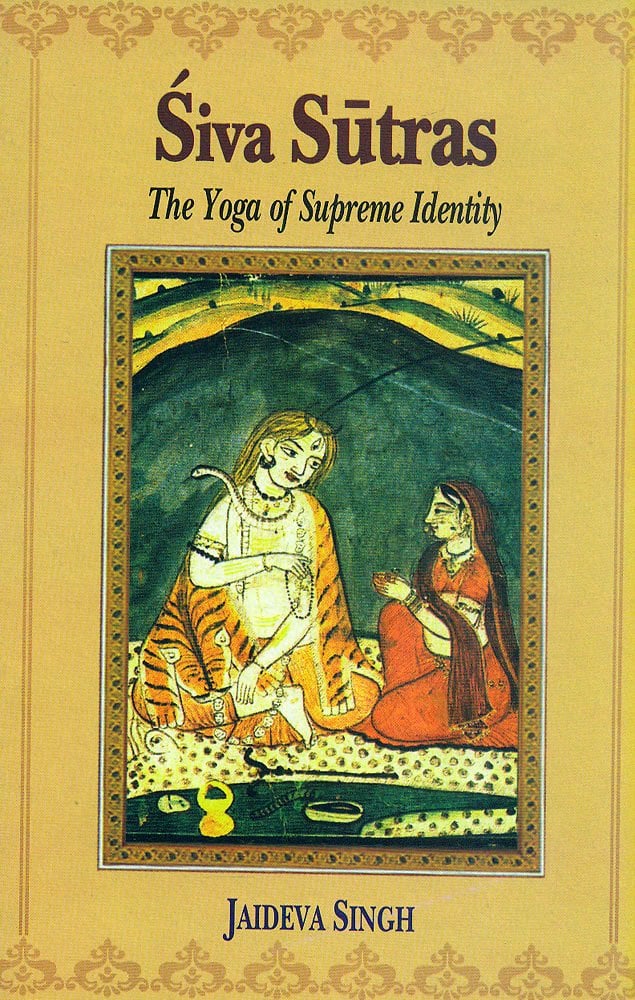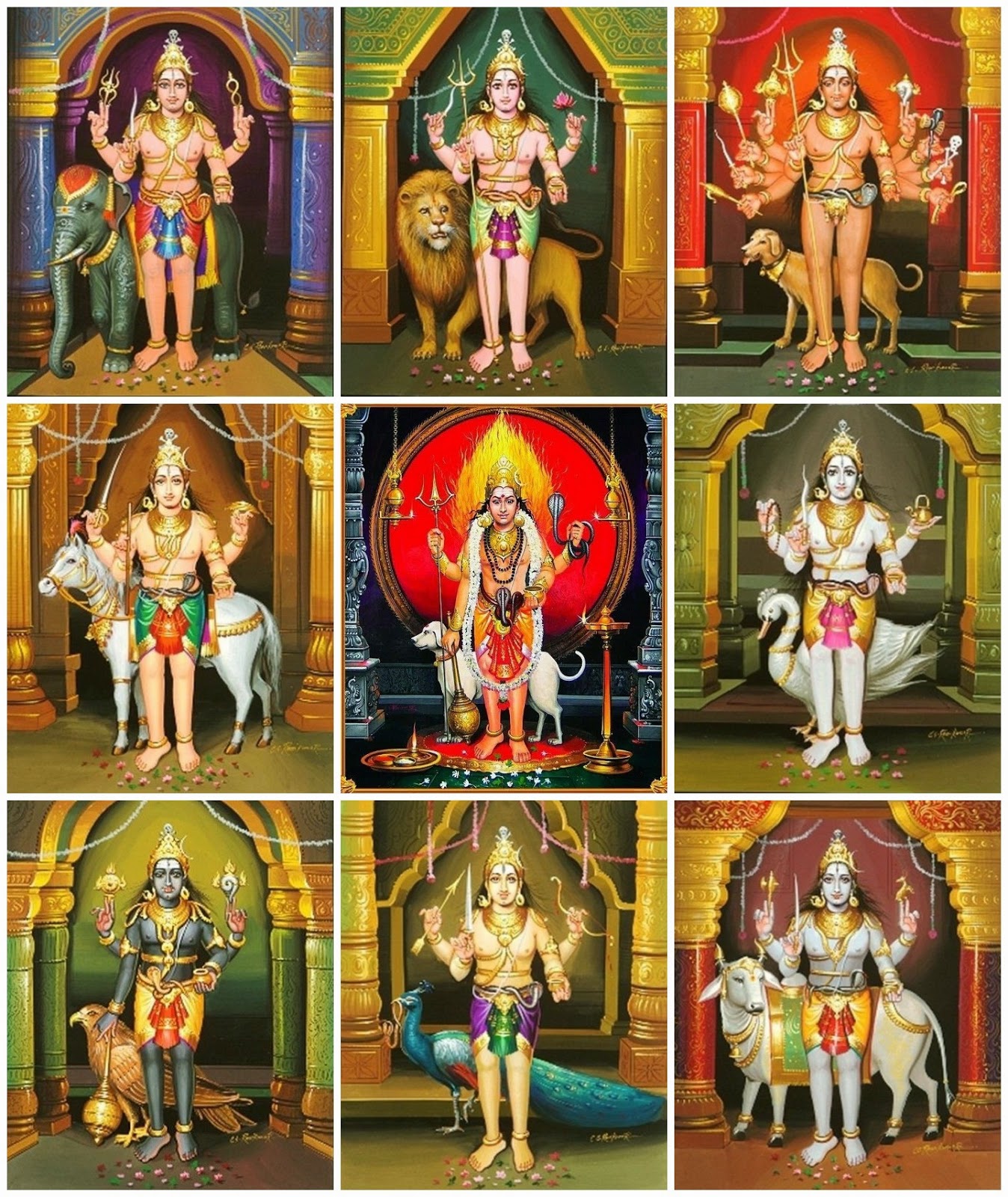The Divine Origin of the Maheshvara Sutras
The Divine Origin of the 14 Maheshvara Sutras: Śiva, the Ṛṣis, and the Birth of Sanskrit
Introduction: The Supreme Source of Speech
The Sanskrit language is not a mere human invention but a divine revelation. Its foundation lies in the Maheshvara Sutras, the 14 primordial syllabic sequences that emerged directly from the cosmic dance of Lord Śiva. These sounds, carrying the fundamental phonemes of Sanskrit, were revealed in an event of cosmic significance, when Śiva himself encountered the Ṛṣis, was cursed by them, and unleashed a fire so powerful that only Devī could contain it.
This paper explores the mythological, linguistic, and philosophical aspects of this event, revealing why the Śiva Liṅga, when incomplete, cannot hold his limitless energy and how the Maheshvara Sutras became the foundation of Sanskrit grammar.
1. The Curse of the Ṛṣis and the Birth of Divine Speech
The story is recorded in various Śaiva texts, including the Śiva Purāṇa and Liṅga Purāṇa, and it forms the basis for both Sanskrit phonetics and the worship of Śiva in the form of the Liṅga.
1.1. Śiva’s Entry into Dārukāvana
Once, Lord Śiva, the eternal ascetic, the source of all creation, wandered into the sacred Dārukāvana forest, where a group of great Ṛṣis (sages) were engaged in deep tapas (penance). The sages, devoted to rituals and Vedic sacrifices, did not recognize Śiva’s supreme nature.
To test their spiritual wisdom, Śiva appeared before them as a Digambara (naked ascetic), radiating both terrifying and mesmerizing energy. His form was beyond the grasp of logic—his divine aura attracted the Ṛṣis’ wives, yet his presence disturbed their rigid asceticism.
1.2. The Ṛṣis’ Curse and the Unleashing of Fire
Blinded by arrogance, the Ṛṣis, unable to comprehend his transcendental nature, cursed Śiva, commanding his destruction. The curse, rather than harming Śiva, triggered an unimaginable event—from his Liṅga (phallus) erupted an all-consuming fire, an uncontrollable force of destruction that spread across the cosmos.
The fire was not ordinary—it was Śiva’s raw, unmanifested creative energy, an embodiment of speech (Vāk), sound (Nāda), and ultimate dissolution (Pralaya). The Ṛṣis, realizing their grave mistake, saw that the fire could consume all of existence.
1.3. The Role of Devī: Completing the Liṅga with the Yoni
Terrified, the Ṛṣis turned to Devī, the Supreme Mother, the power of Śakti, begging her to stop this cosmic conflagration. Only Devī—Śakti, the Feminine Divine—could balance and contain Śiva’s boundless energy.
At the Ṛṣis’ request, Devī manifested and embraced the fiery Liṅga, forming the Yoni (the divine source of manifestation). This act neutralized the uncontrollable energy, symbolizing the eternal truth that Śiva without Śakti is incomplete. Thus, the Śiva Liṅga, with its Yoni base, became the ultimate representation of balance—the union of pure consciousness (Śiva) and dynamic power (Śakti).
2. The Birth of the 14 Maheshvara Sutras from Śiva’s Damaru
2.1. The Sound of Creation: The 14 Syllables
After the cosmic balance was restored, Śiva, in his Natarāja (Cosmic Dancer) form, performed the Ananda Tāṇḍava (Dance of Bliss). As he danced, he beat his Damaru (small drum), producing 14 divine sounds, which became the Maheshvara Sutras, the foundation of Sanskrit grammar.
The 14 Maheshvara Sutras are:
1. अ इ उ ण् (a i u ṇ)
2. ऋ लृ क् (ṛ ḷṛ k)
3. ए ओ ङ् (e o ṅ)
4. ऐ औ च् (ai au c)
5. ह य व र ट् (ha ya va ra ṭ)
6. ल ण् (la ṇ)
7. ञ म ङ ण न म् (ña ma ṅ ṇa na m)
8. झ भ ञ् (jha bha ñ)
9. घ ध ढ श् (gha dha ḍha ś)
10. ज ब ग ड द श् (ja ba ga ḍa da ś)
11. ख फ छ ठ थ च ट त व् (kha pha cha ṭha tha ca ṭa ta v)
12. क प य् (ka pa y)
13. श ष स र् (śa ṣa sa r)
14. ह ल् (ha l)
2.2. The Significance of the Sutras
These 14 sounds contained the entire structure of Sanskrit phonetics. They formed the foundation of Pāṇini’s Aṣṭādhyāyī, the greatest work on Sanskrit grammar. Every word, every mantra, every verse of the Vedas is derived from these 14 syllabic seeds.
3. The Philosophical Significance: Why the Incomplete Liṅga Cannot Hold Śiva’s Energy
The story teaches a profound truth:
1. Śiva’s energy is boundless and uncontainable—when unleashed, it can consume all of creation.
2. The Liṅga without the Yoni is incomplete—without Śakti, Śiva’s power remains unbalanced.
3. The Yoni does not restrict Śiva; it balances him—only Devī could stop his destructive fire, symbolizing that consciousness (Śiva) needs energy (Śakti) to manifest and sustain the universe.
4. The 14 Maheshvara Sutras are not just linguistic sounds; they are Śiva’s cosmic vibrations, giving structure to all speech, mantras, and knowledge.
Conclusion: The Eternal Truth of Śiva-Śakti and Divine Speech
From this event, we learn that:
· Śiva is beyond form and logic, and those who fail to recognize his supreme reality are bound by ignorance.
· The Śiva Liṅga is not just a symbol—it represents the eternal balance of cosmic forces.
· The Maheshvara Sutras are not just grammatical tools—they are Śiva’s own sound vibrations, the very essence of Sanskrit and divine speech.
Thus, language, creation, and cosmic order all stem from Śiva’s energy, balanced by Śakti. The incomplete Liṅga, without the Yoni, is unable to contain this power, just as unstructured sound cannot become meaningful speech without the 14 Maheshvara Sutras.
Through this sacred revelation, Sanskrit was born, and the Śiva Liṅga became the most profound representation of the cosmic truth—Śiva and Śakti in eternal unity.
Final Thought: The Everlasting Sound of Śiva
Even today, when we chant Sanskrit, when we speak, when we hear the vibrations of sacred mantras, we are witnessing the eternal echo of Śiva’s Damaru, the sound of creation itself.


